The Section C Welsh Pony of Cob Type combines the best traits of the Welsh breed.
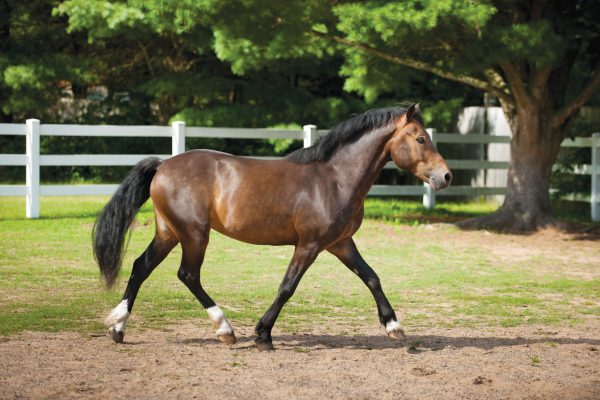
You’re probably familiar with the beautiful Welsh Ponies that float through the show ring and fly over fences or tote young riders through lead line and short-stirrup divisions. Those hardworking, trustworthy children’s ponies are quite often Section A’s (Welsh Mountain Ponies) or Section B’s (Welsh Ponies). Perhaps you’ve also encountered the impressive substance of the Section D (Welsh Cob) in dressage or driving classes.
But what about the Section C? The Welsh Pony of Cob Type is the rarest of the breed’s four sections, yet it’s truly an amazing pony with incredible athleticism and talent.
Four Breeds in One
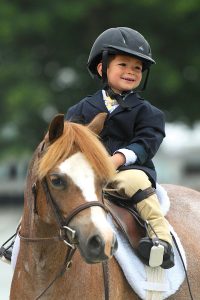
So what does it mean to be a Welsh Pony of Cob Type? Well, imagine that you took a Welsh Mountain Pony (A) and a Welsh Cob (D) and combined them together. Throughout history, Section C’s in Wales were often bred by crossing Section A’s with Section D’s, which resulted in a mid-size pony that was more cob-like in type—meaning small and sturdy—yet still with the pony-like influence of the Section A.
As the population of Section C’s began to increase and interest began to build, breeders began to cross C’s with other C’s, but Section A’s and Section D’s are still used to produce some Section C’s today.
In looks, the Welsh Pony of Cob Type resembles the Welsh Cob in terms of bone, substance and bulk, but also exhibits more pony type and character, like the Welsh Mountain Pony.
Section C’s have a maximum height of 13.2 hands in the United States, the United Kingdom and Canada. If they grow taller (and sometimes they do), they become Section D’s.
There is no lower height limit for Section C’s, although most are over 12.2 hands. Section C ponies must have at least one Section C or Section D parent.
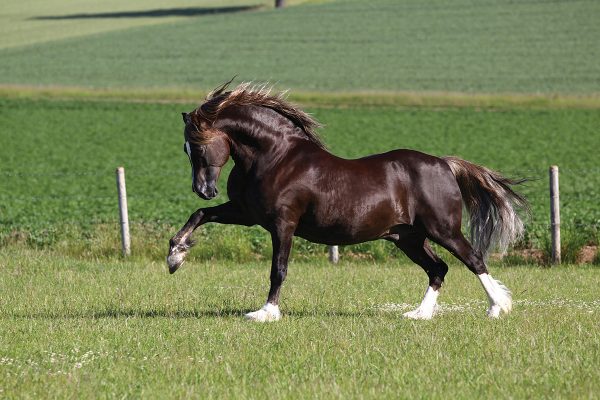
So even though Section C’s are similar in height to Section B Welsh Ponies, they are distinctly different in type. You won’t look at a Section B and a Section C side by side and wonder who’s who. B’s are produced using AxB or BxB crosses only, so they don’t exhibit sturdy cob type in the way a Section C does.
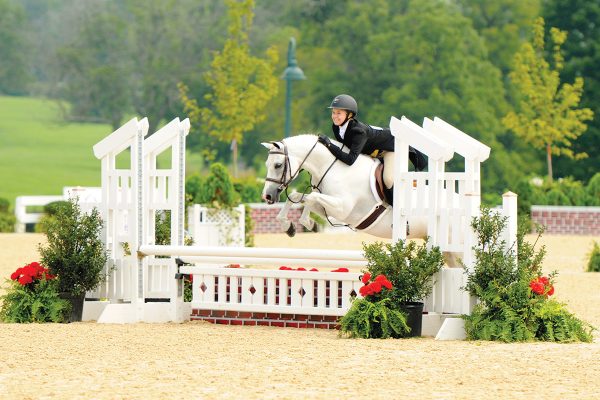
The majority of Section C’s are bay, chestnut, black, palomino, and buckskin, although roans and grays are sometimes seen. It isn’t uncommon for Section C’s to have flashy white markings.
Personality Plus
The first time you meet a Section C, be prepared for a pony with personality. Life with a Section C is never dull, because Section C’s think everything is interesting, and they’re curious about everything you’re doing. They’re intensely loyal and eager to please, so you need to be clear in your guidance. You’ll have a pony that’s willing to go to the ends of the earth with you—and with their impressive athleticism, they just might be able to do it!
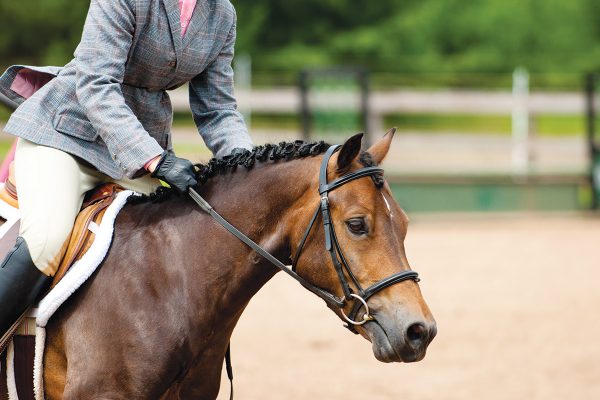
Maybe you don’t want to ride to the ends of the earth, but what can you do with a Section C? They’re bold and focused under saddle, are well-suited to dressage, and they are excellent jumpers. If you prefer to drive, they’re superb as driving animals thanks to their incredible trot and their boundless energy.
Not interested in competitive equestrian sports? No worries! A Section C is happy to set out on the trail with you or just hang out at the barn.
The Rarest Welsh of All
With all their superior qualities, it seems surprising that Section C’s are still quite rare in the United States. Only 18 purebred Section C foals were registered with the Welsh Pony and Cob Society of America in 2019.
Despite their low numbers, interest in Section C’s is increasing as more people become acquainted with the talent and athleticism of these exceptional equines. And if you’d like a beautiful pony with substance, quality, and a quirky sense of humor, then you just might find your perfect pony in the sensational Section C.
This article about the rarest section of the Welsh Pony appeared in the Fall 2021 issue of Young Rider magazine. Click here to subscribe!


